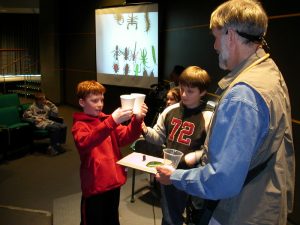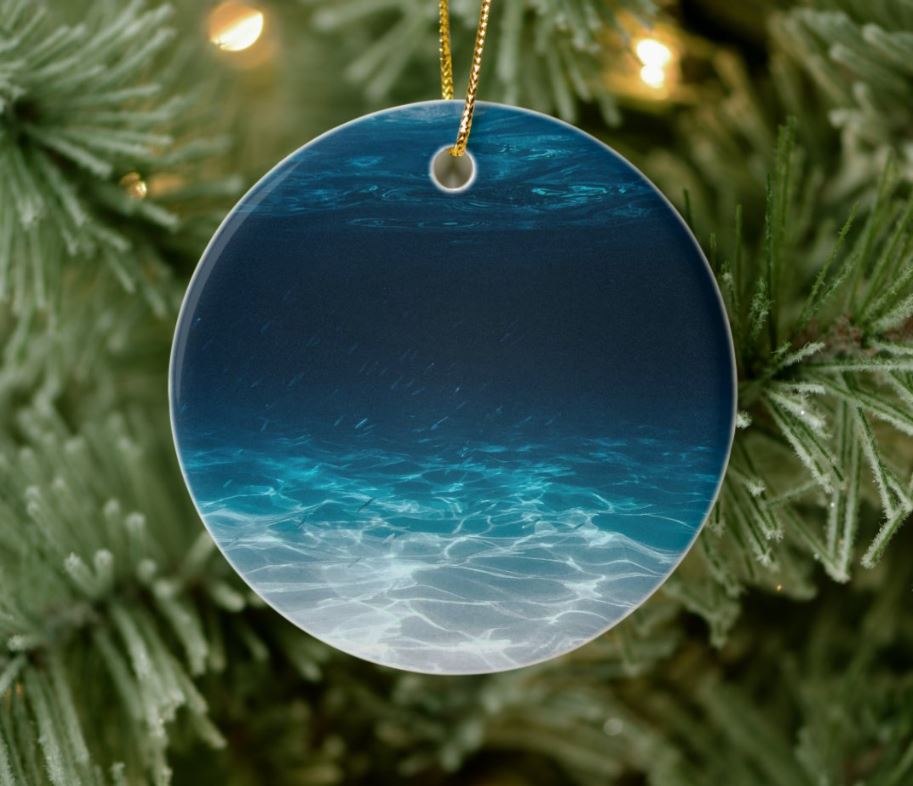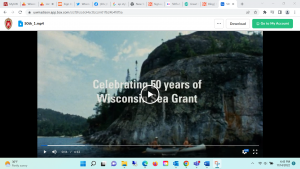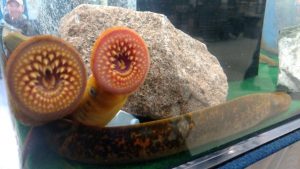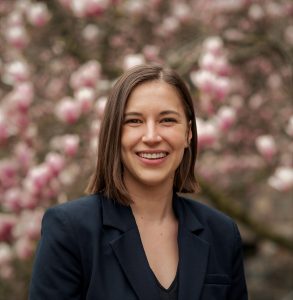Special Weather Statement issued November 19 at 2:05PM CST by NWS
Current Watches, Warnings and Advisories for Brown (WIC009) Wisconsin Issued by the National Weather Service
https://alerts.weather.gov/cap/wwacapget.php?x=WI126418A07CF4.SpecialWeatherStatement.126418A0F60CWI.GRBSPSGRB.3b84abab2a0e5f76f50745403b6c3daf




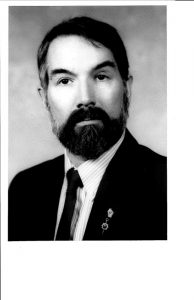 During a graduate student seminar at the Center for Great Lakes Studies, Lubner was approached by a Ph.D. student with ship time who was studying pelagic zooplankton. He proposed that Lubner take on studying the benthos, allowing them to share the work of collecting samples and the ship time. Sea Grant was funding that project and Lubner joined right in.
During a graduate student seminar at the Center for Great Lakes Studies, Lubner was approached by a Ph.D. student with ship time who was studying pelagic zooplankton. He proposed that Lubner take on studying the benthos, allowing them to share the work of collecting samples and the ship time. Sea Grant was funding that project and Lubner joined right in.